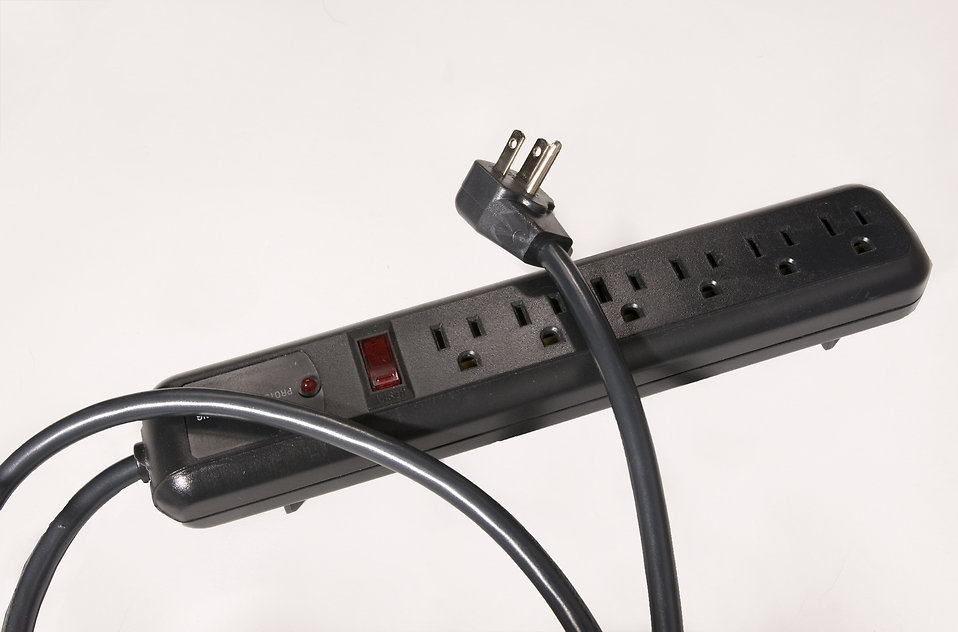Don't Neglect Surge Protectors in Your Workplace
November 16th, 2017 by admin
Businesses use surge protectors every day without thinking about them; however, they are an incredibly important piece of technology that can make the difference between a $20.00 and a $2,000.00 equipment replacement. While uncommon, a power surge can wreak havoc on computers, monitors, TV screens, smartphones, printers, routers, and any device connected to a power supply. Making sure your office devices are properly protected at the outlet is an efficient way to avoid a potential disaster recovery situation.

What is a Power Surge and What Does a Surge Protector Do?
A power surge, also known as a voltage surge, occurs when a power source delivers an increased voltage for more than three nanoseconds. Surges can occur from a wide range of events including lightning strikes, power grid problems, massive static electricity discharge, or a change in the building’s electric flow. A surge protector is a device that diverts extra electricity out through the grounding pin on its plug so that the higher voltage doesn’t reach any connected devices, thus avoiding damage.
Best Practices
It’s very easy for employees to fall into the habit of not using the proper protective practices for workplace devices. However, it is important to use the devices because the minimal upkeep costs mitigate risk for expensive damages.
- Choose the Right Features: Not all surge protectors are created equal; look for features like indicator lights, a UL rating (just having one rules out poorly constructed models), a clamping voltage under 400 volts, a joule rating of at least 600, and a minimal 1 nanosecond response time.
- Have Enough Available Outlets and Keep Spares on Hand: Preemptively avoid having employees plug devices directly into wall sockets by making sure the surge protectors in use at workstations, desks, and other electronic devices are at locations that have a handful of free outlets. Keep a few spare surge protectors available just in case.
- Don’t Keep Splitters in Your Office: Power strips and surge protectors look very similar but have an extremely important difference: power strips are adapters that increase the number of available outlets for electronic devices and do not offer any voltage increase protection. If you have any in use, replace them.
- Don’t Daisy Chain: Do not connect surge protectors to other surge protectors, as this won’t provide any additional protection. Instead, it's just more likely to cause a short.
- Connect Laptops and Smartphones to Surge Protectors: While devices that have their own built-in power source offer a small degree of voltage regulation protection, a surge protector is still necessary to protect these devices while charging spike. A substantial surge can still break these devices.
- Uninterruptible Power Source Alternative: A UPS device, also known as a battery backup, can be used in place of a surge protector for devices like desktop computers. These will also keep the devices working for a brief time in the event of a power outage.
- Replace Surge Protectors When Necessary: Some surge protectors have an indicator light that will tell you if the device has broken; replace these immediately. Protectors without indicator lights should be replaced if they are known to have deflected a substantial surge or are several years old.
The IT consulting experts at ATS are ready to help your business keep its computer investment protected from harm. Contact us today to learn more.

